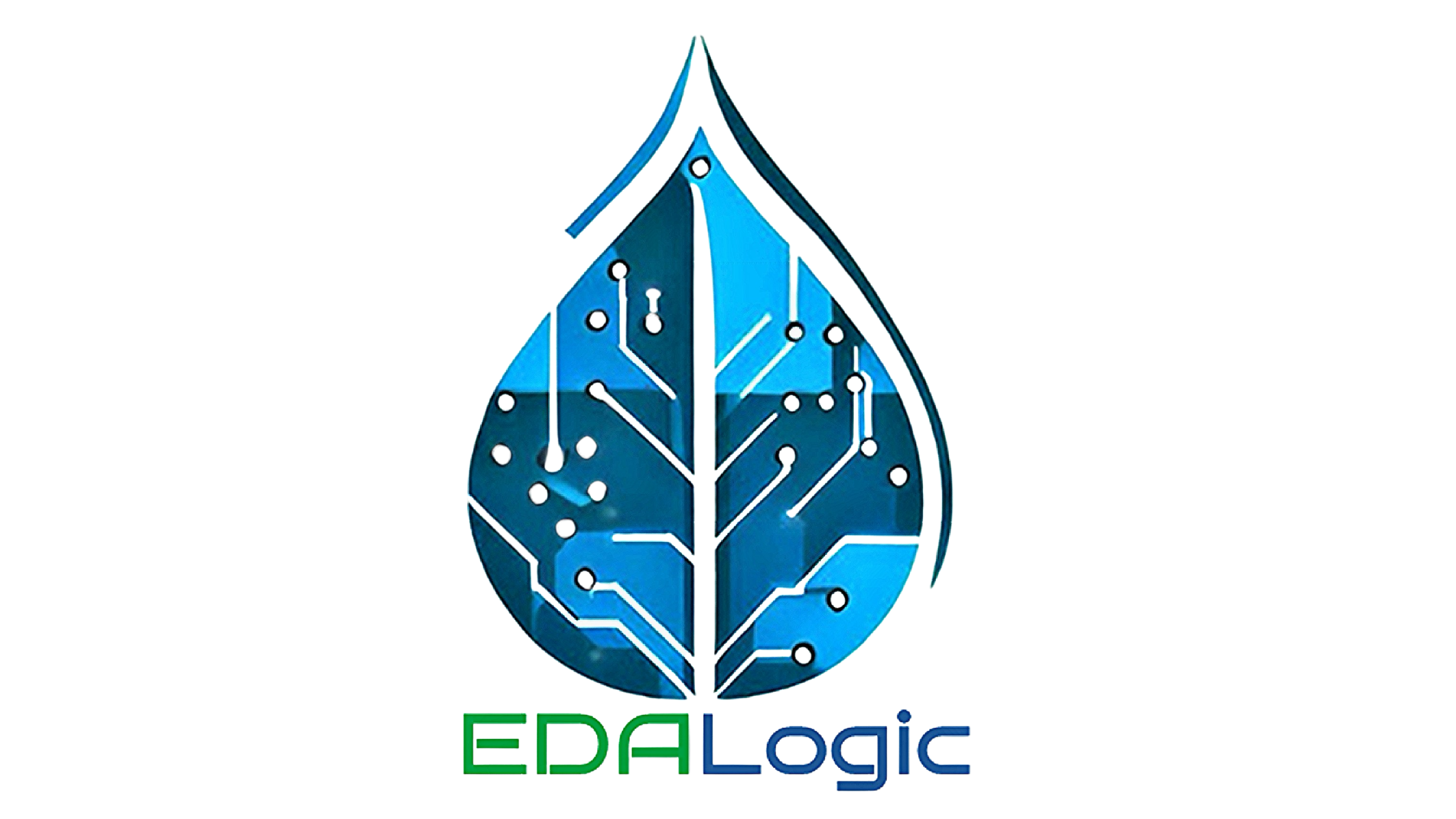Empowering 5G: The Crucial Role of Electronic Design Automation (EDA)
In the ever-evolving landscape of telecommunications, the rollout of 5G technology stands as a monumental leap forward. This fifth generation of wireless technology promises lightning-fast speeds, ultra-low latency, and unparalleled connectivity. Yet, behind the scenes of this transformative shift, lies a critical player: Electronic Design Automation (EDA). EDA is the silent hero driving the design and development of the intricate infrastructure and devices that power the 5G revolution. In this article, we delve into the impact of EDA on the design of 5G infrastructure and devices.
At its core, 5G technology is about delivering data at remarkable speeds, and this necessitates a complex network of infrastructure and devices working in harmony. EDA is the linchpin in this process, facilitating the design of the cutting-edge hardware required to make 5G a reality.
One of the primary areas where EDA impacts 5G is in the design of integrated circuits (ICs) and systems-on-chip (SoCs). These microelectronic marvels are the brains behind 5G devices. They handle everything from processing enormous amounts of data to managing the intricacies of multiple frequency bands. EDA tools enable engineers to optimize the design of these chips, ensuring they meet the demanding performance criteria of 5G networks.
Signal integrity is paramount in the 5G world. The need to transmit vast amounts of data at high frequencies without distortion or loss demands precision in signal routing and management. EDA tools empower designers to meticulously plan and execute the routing of signals, taking into account factors like impedance matching and crosstalk minimization. This meticulous signal management is the bedrock of 5G's promise of uninterrupted connectivity.
EDA's role extends beyond hardware. The 5G ecosystem relies heavily on software-defined networking (SDN) and network function virtualization (NFV). These technologies enable the dynamic allocation of network resources to meet the ever-changing demands of users and applications. EDA assists in the design of the virtual network functions (VNFs) and software-defined infrastructure (SDI) components that underpin 5G's flexibility and scalability.
5G also heralds the era of massive Multiple Input, Multiple Output (MIMO) technology, where arrays of antennas work in concert to transmit and receive signals. The design of these antenna arrays is complex and requires precision. EDA tools aid engineers in optimizing the placement and configuration of antennas, ensuring maximum coverage and minimal interference.
Energy efficiency is another critical consideration in 5G infrastructure. The sheer number of devices and base stations required for widespread 5G coverage demands energy-efficient designs. EDA assists in the development of power-efficient components, from low-power ICs to energy-efficient transceivers, contributing to the sustainability of 5G networks.
EDA's impact on 5G is not limited to the physical layer. It also plays a role in the virtualization and orchestration of network functions. These elements are essential for 5G's ability to dynamically allocate resources and adapt to changing network conditions, ensuring a seamless user experience.
In conclusion, Electronic Design Automation is the unsung hero of the 5G revolution. It is the driving force behind the design of the hardware and software that make 5G networks faster, more reliable, and more efficient. As we continue to embrace the era of 5G connectivity, EDA will remain at the forefront, enabling the innovation and connectivity that define the future of telecommunications. Stay connected with our blog for more insights into the dynamic relationship between EDA and 5G.




